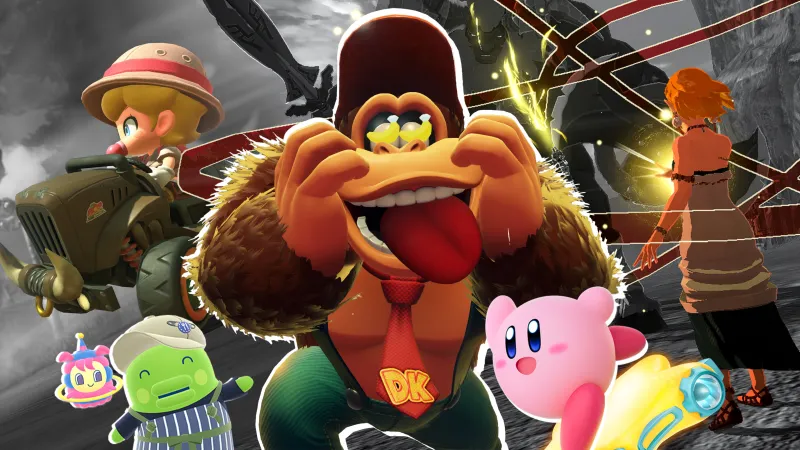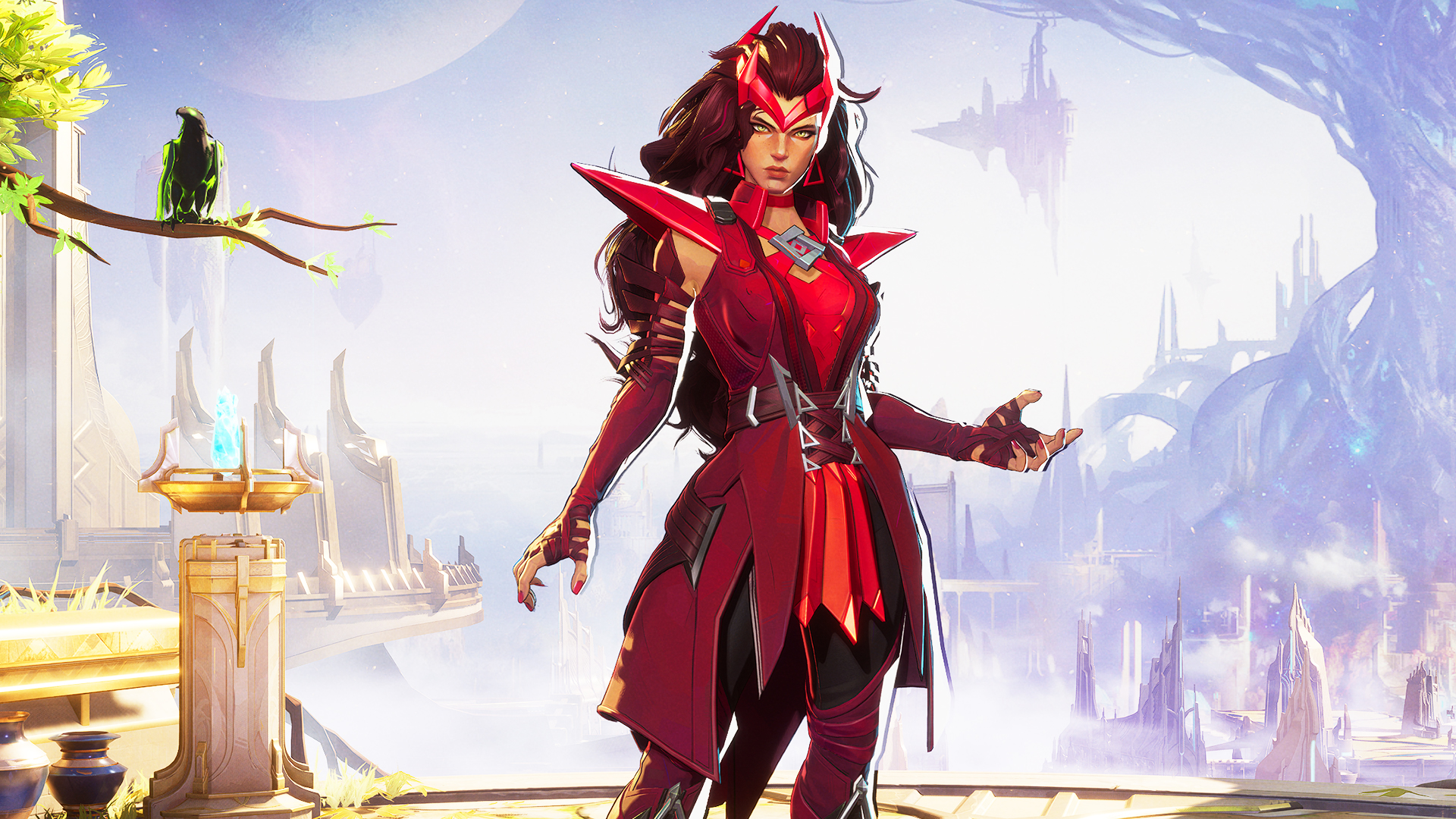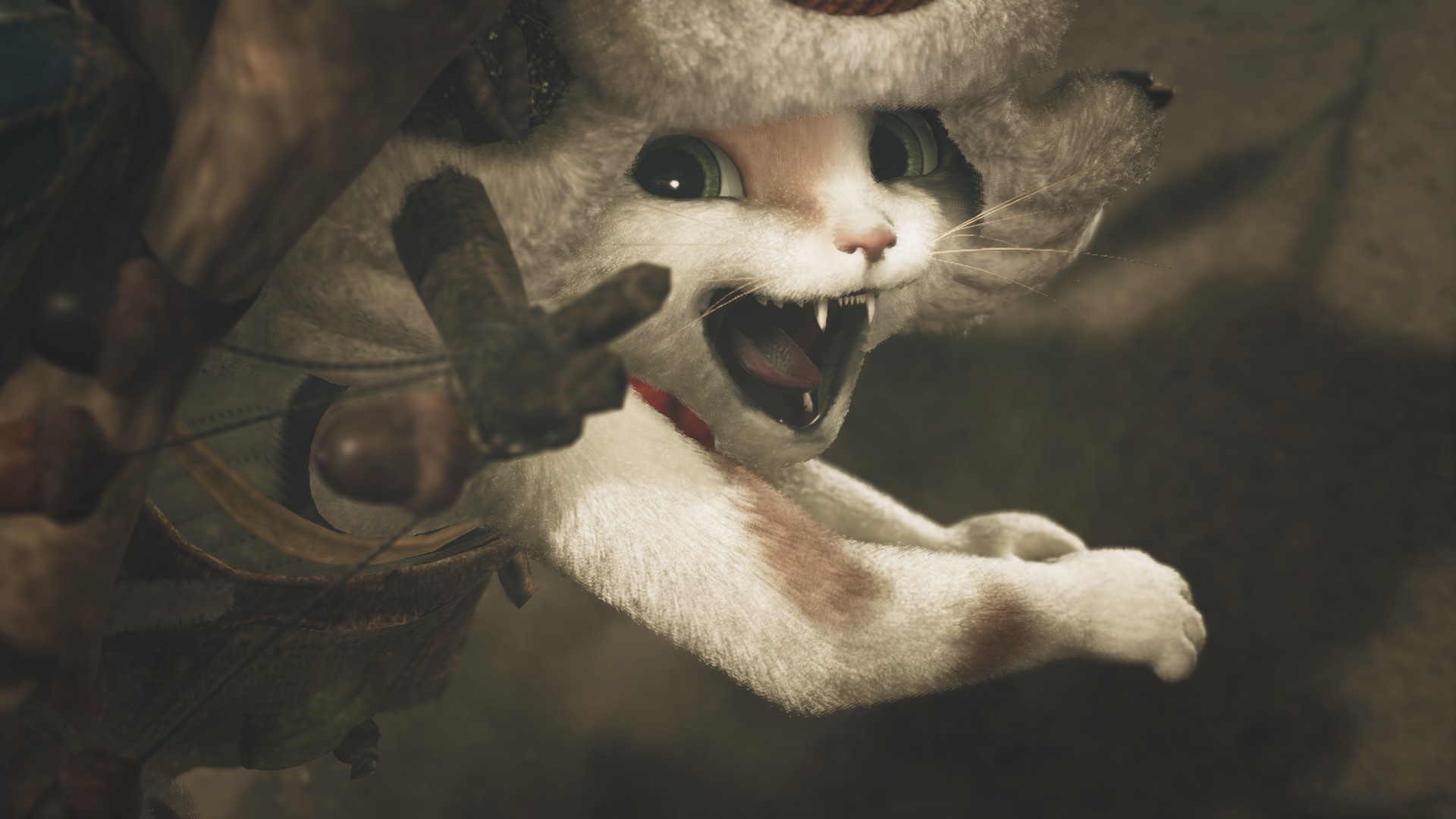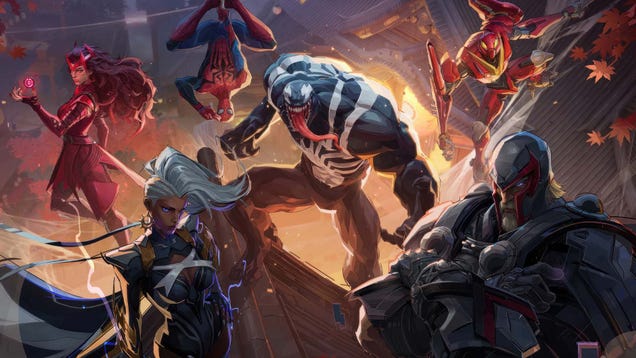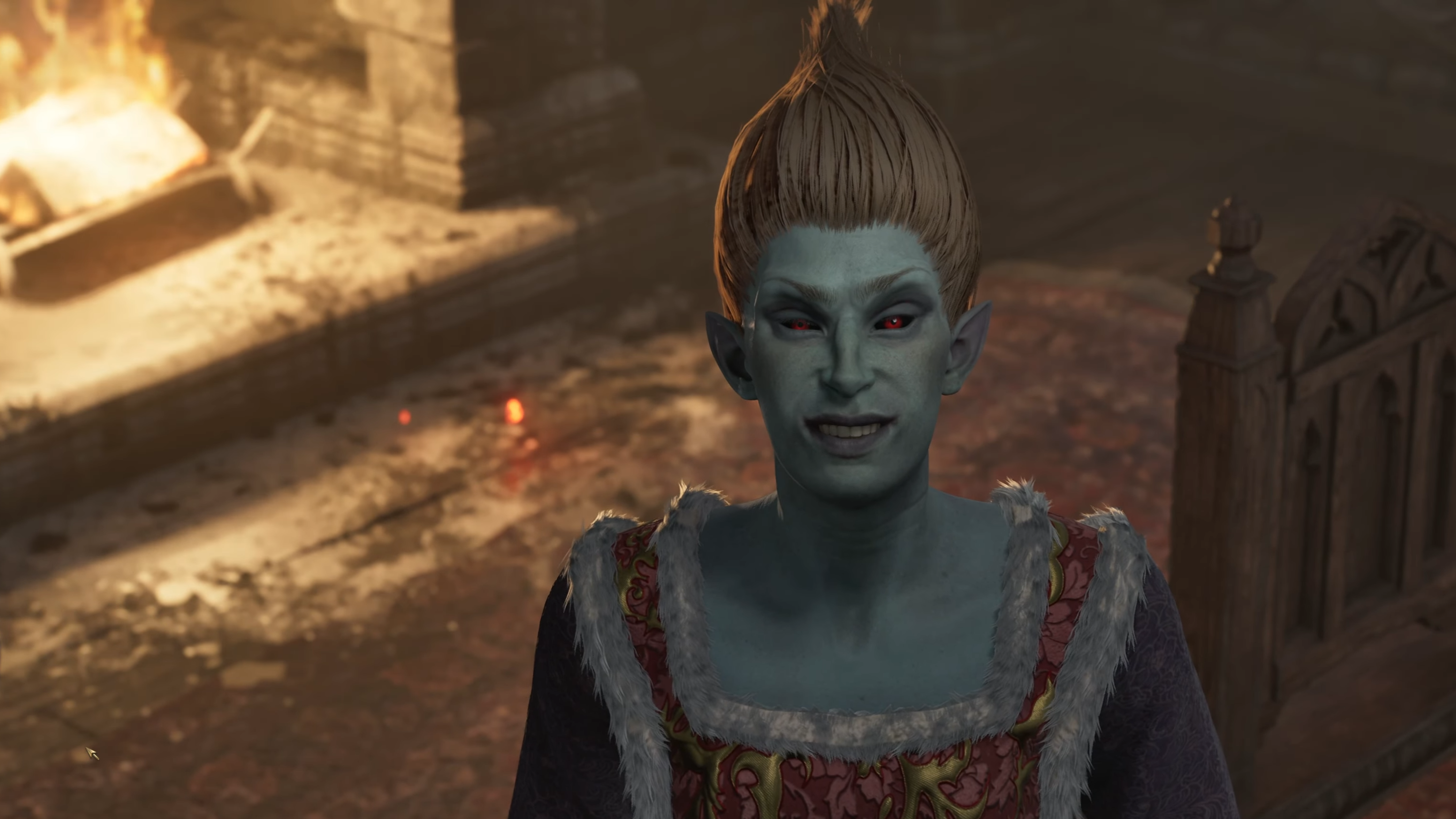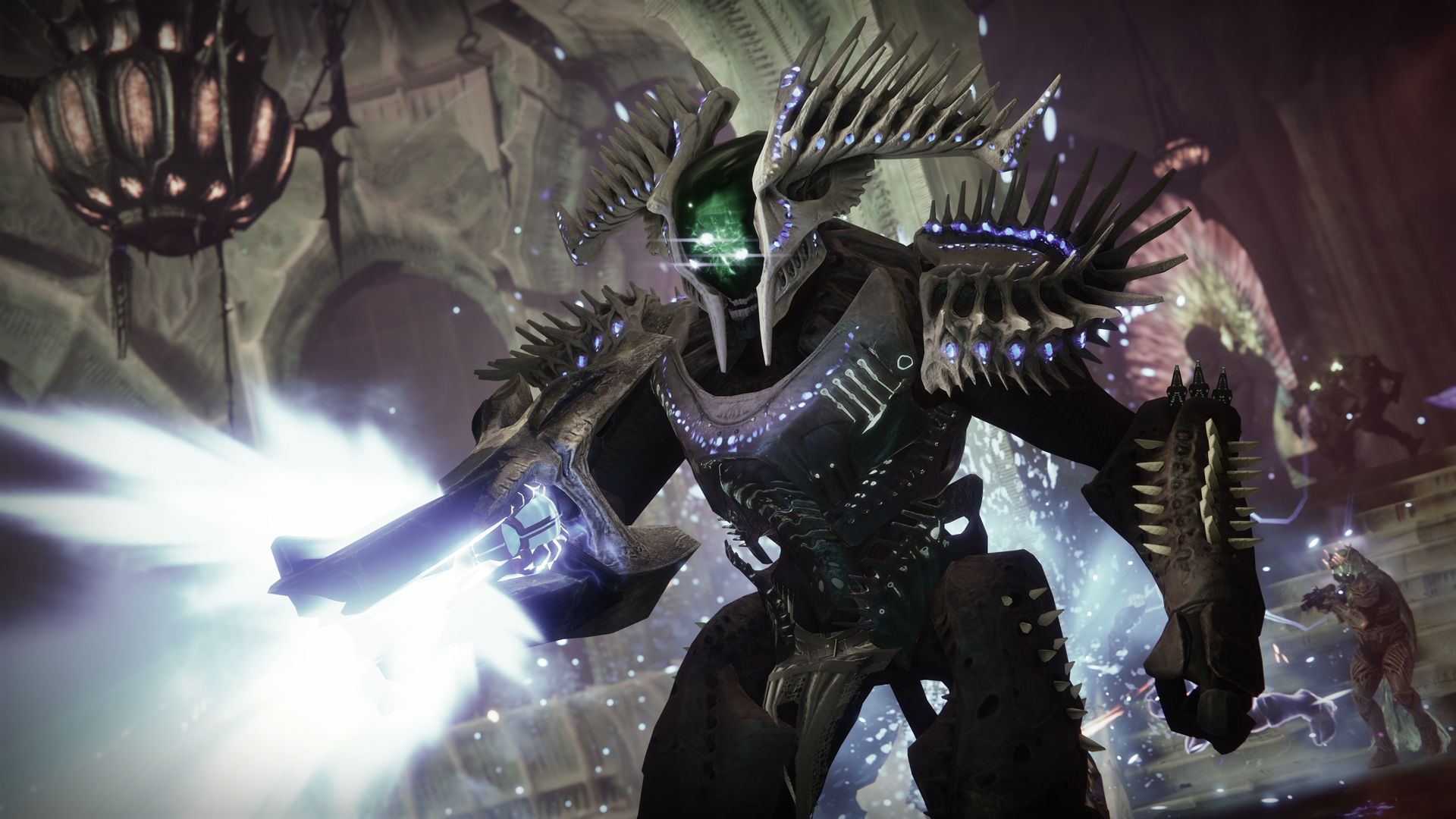
Bungie explains why Ghost of the Deep's bosses have so much health: "We saw solo flawless as among the most challenging achievements in Destiny".
At a recent roundtable Q&A session with Bungie for Destiny 2’s Season of the Deep, I asked why the bosses in its latest dungeon have so much damn health. And sure, I know what you’re thinking: get good. But it’s not just me. On release, plenty of the player reaction—particularly from those who like to solo Destiny 2’s dungeons—was about how many phases it takes to bring down its two bosses.
The answer surprised me, because it reveals just how much each dungeon is designed as a response to the previous one.
“You know, there’s kind of a story that the dungeon releases tell,” says design lead Brian Frank. “I’m over the moon with how awesome they’ve turned out. You’ve got Grasp of Avarice, which was fun, fast, not as challenging, more lighthearted. Duality was a big jump in challenge and mechanical complexity… and also bugs. But it was really strong thematically. And Spire of the Watcher was more straightforward mechanically. Intentionally, because we felt like it was critical to not ship another buggy release. Like the teleportation with Duality, we just did not anticipate the network related issues we were going to have with that, that became very intractable.”
Each dungeon, then, is a reaction to what came before. Spire is deliberately a different experience from Duality, both because it’s a nice change of pace, but also because—for weeks after release—Duality’s shifting mechanic would often unintentionally kill players mid-run.
So what is Ghosts of the Deep reacting to? After all, Spire of the Watcher also featured a couple of bosses with a lot of health. According to Frank, for this latest dungeon, Bungie made a conscious decision to prioritise fireteam tuning—that is, balancing the dungeon experience for the maximum of three players rather than around the solo experience. “This release happened in the context of our game director saying publicly we’re gonna bring the challenge back to Destiny,” he notes.
Ghost of the Deep’s difficulty was also, in part, a response to the Root of Nightmares raid that launched alongside Lightfall. Largely agreed to be one of the easiest raids in the game, its launch day raid race was completed in just two and half hours—which Frank admits did not deliver on the aspiration of the event. “Similarly with Spire of the Watcher,” he continues, “we track initial completion time and those sorts of analytics, and it maybe fell below our expectation. So we definitely pushed into testing the waters—sorry, no pun intended—of increasing challenge [in Ghosts of the Deep].”
This focus on fireteam balancing does, by design, make the solo run harder—and in particular makes the solo flawless run, where you complete the dungeon alone without dying, much more gruelling.
“We saw solo flawless as among the most challenging achievements in Destiny, and wanted to establish and preserve that as an aspirational accomplishment,” says Frank. “Also, looking at the trajectory for our activities in the past, they have always universally gotten easier over time. We know that players will develop new strategies, and we’ll introduce tuning updates to the subclasses that’s going to give them more tools. So again, we took a bit of a leap of faith in putting that tuning in ahead of time so that it’s there for players to overcome and achieve.”
That explanation will probably be little comfort to anyone getting deleted by Lucent Moths after spending hours battling their way to Šimmumah ur-Nokru. But on the plus side, if you wait long enough, Bungie will inevitably release something so overpowered that you’ll have a much easier time.

